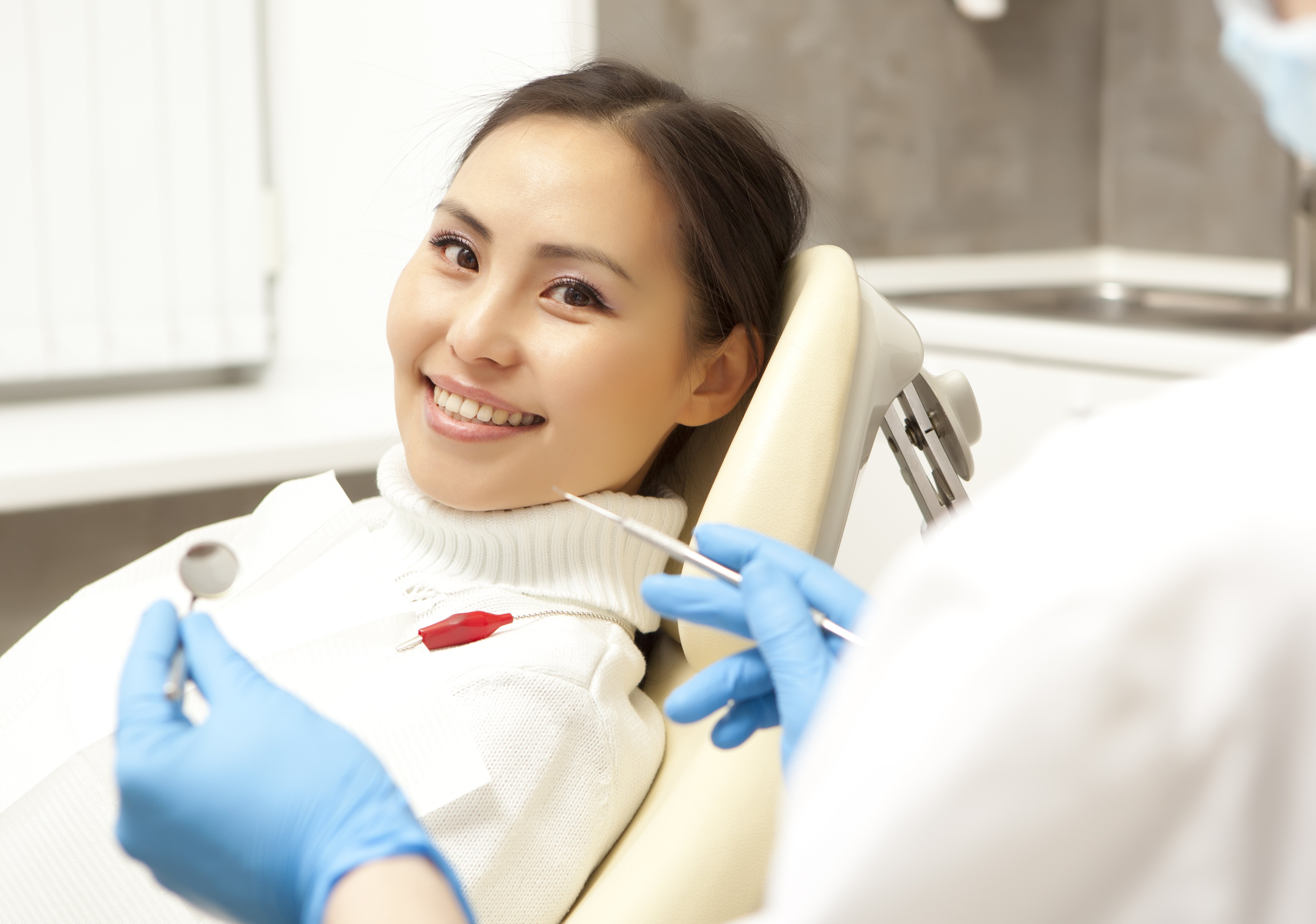
Most dentists encourage their patients to go for regular dental exams. They are the best way to identify the early stages of oral problems for immediate treatment. Starting treatment early prevents the issues from progressing and becoming severe.
Unfortunately, most people refrain from these dental exams as they are afraid and do not know what to expect. Read on to learn what a routine dental exam entails to help you prepare for one.
Dental History
Your dentist will begin by inquiring about your medical history before they examine your mouth. They will need to know if you have experienced any changes in your overall health. They should also learn if you have any medical conditions, such as diabetes or arthritis. They will also inquire about any medications you are taking.
Such discussions will help them get you the proper treatment. Ideally, talk to them about your anxieties, concerns, or allergies to help them serve you better.
Teeth Cleaning
After discussing your medical history and concerns, your specialist will begin the exam procedure. You will sit on a chair that has a bright light overhead. Your dentist or dental hygienist will clean your teeth by scraping off plaque and tartar buildup. Plaque is a sticky film that contains bacteria. It coats the teeth and along the gum line.
Plaque turns into a hard mineral deposit called tartar. Brushing your teeth cannot remove tartar. Professional dental cleanings are the only way to remove them from the bottom of your teeth.
Your specialist will then floss your teeth and thoroughly clean them using a unique electric toothbrush. They will then apply a fluoride foam or gel to the teeth. The mineral prevents tooth decay. Your dental hygienist or dentist can also use a tooth polisher during cleaning to remove any residue you may have on your teeth.
Teeth Examination
After your dentist finishes cleaning your teeth, they will use a metal probe with a small mirror to examine your teeth. They will check your teeth thoroughly to look for softening enamels, swellings in your gums, redness, or mouth sores. They will also check if your gums attach to your teeth.
The examination helps them identify problems that you may not have known about. As a result, they can recommend the measures needed to treat the issues identified.
Dental X-rays
Your dentist can take X-ray photos of your mouth during the routine dental exam. They may do so to check whether you have unseen problems beneath the surface. The X-ray images will show your teeth, their roots under your gum line, and your bone. The results from the X-ray will guide them on the oral care instructions for you.
Results and Scheduling of the Next Appointment
Your specialist will help you understand the results after cleaning your teeth and examining them. They may recommend further tests if there is a concern about their findings. Otherwise, they should talk to you about caring for your teeth and what oral care routine can help avoid oral and dental problems in the future.
Finally, your dentist will discuss when you should plan for your next appointment. They will do so to ensure you keep up with regular dental checkups. Regular dental visits are essential, no matter how diligent you are with your oral care routine.
For more about routine dental exams, visit Cal Oaks Dental at our office in Murrieta, California. Call (951) 501-4900 to book an appointment today.








